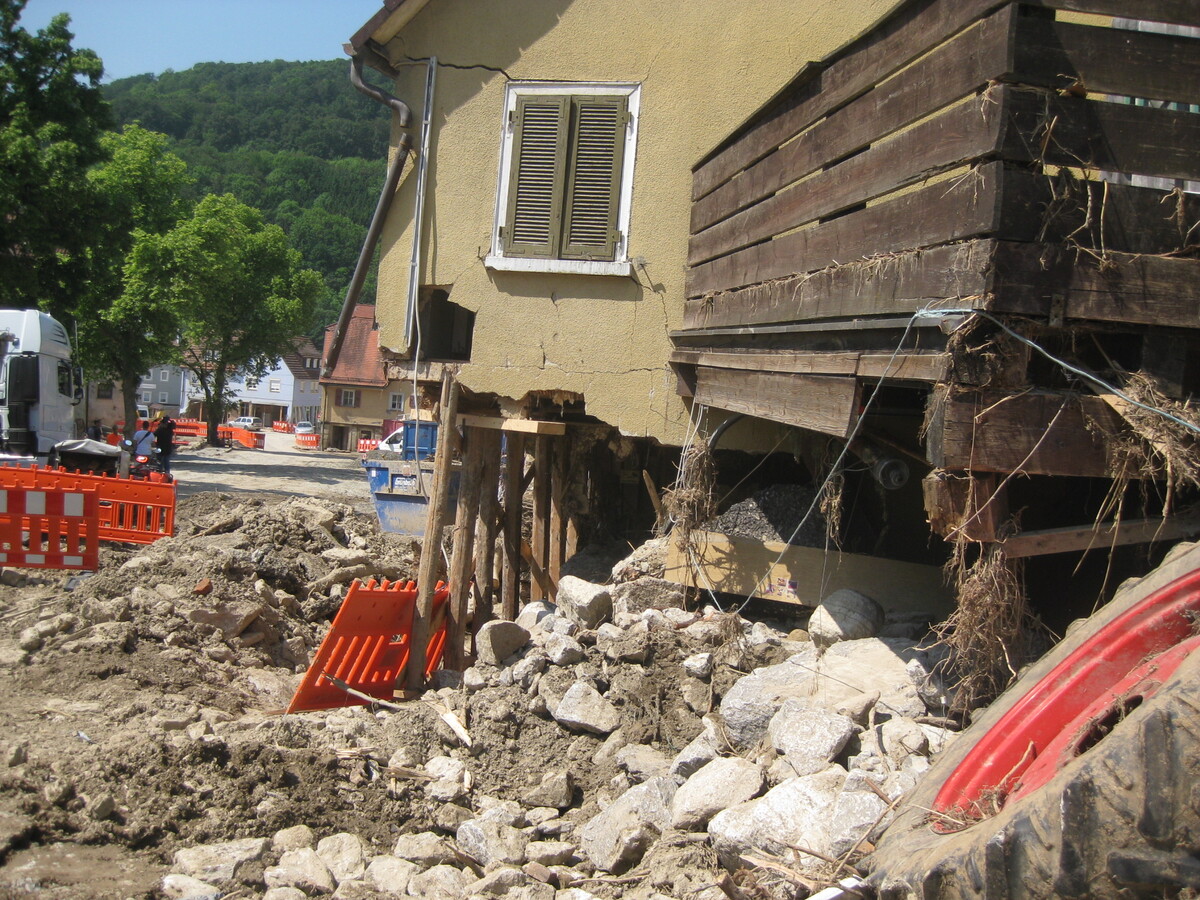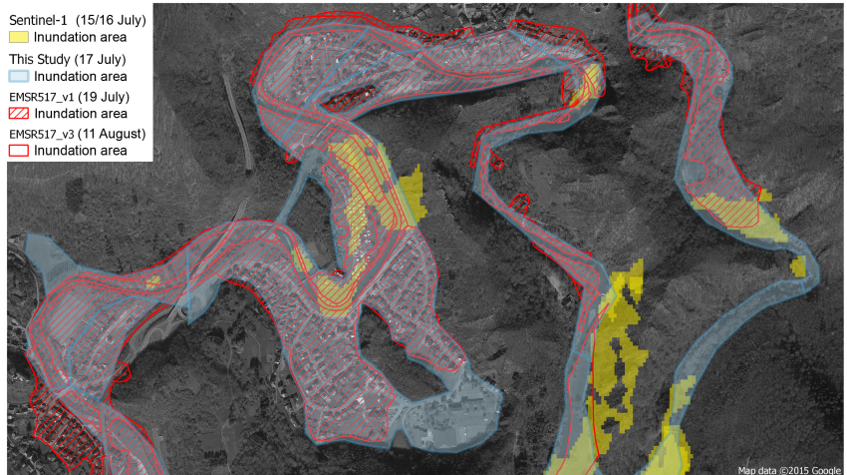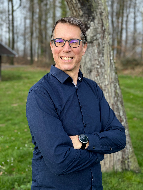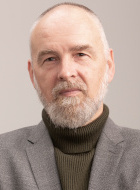"When does an extreme event become a disaster? What factors are decisive in this process? And how can we mitigate the impacts of disasters?
These questions drive us at CEDIM and within the topic of natural hazards and risks..."
Prof. Michael Kunz Institute of Meteorology and Climate Research - Tropospheric Research & Spokesperson for the Center for Disaster Management and Risk Reduction Technology (CEDIM)
Today’s societies have become increasingly vulnerable to natural and technical risks by virtue of their greater dependence on critical infrastructures such as energy, traffic, communication and information systems, and growing globalization. Policy objectives such as the energy transition in Germany or the alteration of the mobility systems (electric mobility, autonomous driving) likewise imply a deep intervention in the present-day complex systems. The future impacts and implications of these systems on society and environment are difficult to estimate today. In addition, changing climate conditions may result in extreme situations not sufficiently taken into account in existing protection concepts and risk management systems.
The focus of the topic "Natural Hazards and Risk Management" revolves around the following central questions:
- How can models and concepts contribute to sustainably strengthening the resilience and safety of a changing society and environment?
- What are the key influencing factors for natural and technological risks, and how can they be minimized?
- What determines whether an extreme event escalates into a disaster?
- To what extent can tailored forecasts and warning systems mitigate the impacts of extreme events and disasters?
A central role in this topic is played by the Center for Disaster Management and Risk Reduction Technology (CEDIM) (www.cedim.de), an interdisciplinary research institution at KIT focused on disasters, risks, and safety. Closely linked to CEDIM is the ERNIE Real-World Lab (Real-Time Decisions Under Risky Ignorance in Impact Forecasting of Extreme Events) at KIT, which encompasses two professorships: "Risky Decision Making under High Uncertainties and Ignorance" (B2) and "Impact-Based Forecasting" (B4).
Marco Kaschuba
Together, CEDIM and ERNIE make a significant contribution to developing innovative approaches for risk management and protecting society from the consequences of extreme events.
Video/Audio
Beitrag: Risiko Extremwetter: Gewitter, Hagel und Starkregen.
Extremwetterereignisse wie Gewitter, Hagel, Stürme oder Starkregen nehmen durch den Klimawandel weltweit in ihrer Häufigkeit und Intensität zu – mit gravierenden Auswirkungen auf Mensch und Umwelt. „Wir müssen uns in den nächsten Jahrzehnten auf mehr Katastrophen einstellen und sollten auch mehr darüber nachdenken, wie wir uns als Bevölkerung davor schützen können“, sagt Professor Peter Knippertz vom Institut für Meteorologie und Klimaforschung (IMK) des KIT. Aus diesem Grund untersuchen Forschende des KIT Gewitter und Hagel direkt am Himmel. „Wenn wir davon ausgehen, dass die Ereignisse häufiger und schwerer werden, dann müssen wir sie auch besser verstehen. Wir müssen den ganzen Zweig der Frühwarnung deutlich verbessern, um auf diese Art und Weise die Schäden zu reduzieren“, so Professor Michael Kunz vom IMK. Für ihre Kampagne haben die Forschenden sechs mobile Radarmesspunkte aufgebaut, die durch zusätzliche Messgeräte in Ballons, die sie direkt in die Gewitterzellen einbringen, ergänzt werden. So wollen sie das Wachstum und den Weg von Hagelkörnern nachvollziehen. Die Kombination der Daten kann dazu beitragen, extreme Hagelereignisse in Zukunft besser vorherzusagen. Es berichtet ARTE.
Spokesperson Topic Natural Hazards and Risks


Institute of Meteorology and Climate Research
KIT - Karlsruhe Institute of Technology
Hermann-von-Helmholtz-Platz 1
76344 Eggenstein-Leopoldshafen
Deputy Spokesperson Topic Natural Hazards ans Risks


Institute for Technology Assessment and Systems Analysis (ITAS)
KIT - Karlsruhe Institute of Technology
P.O. Box 3640
76021 Karlsruhe
.jpg)




